Repairing Moisture-Damaged Stone Masonry in Jenkintown
Repairing moisture damaged stone masonry in Jenkintown takes more than patchwork.
6 min read
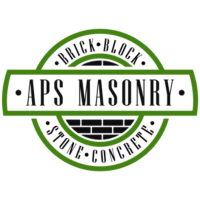 Alec Serowatka
:
Nov 1, 2023 12:58:19 PM
Alec Serowatka
:
Nov 1, 2023 12:58:19 PM
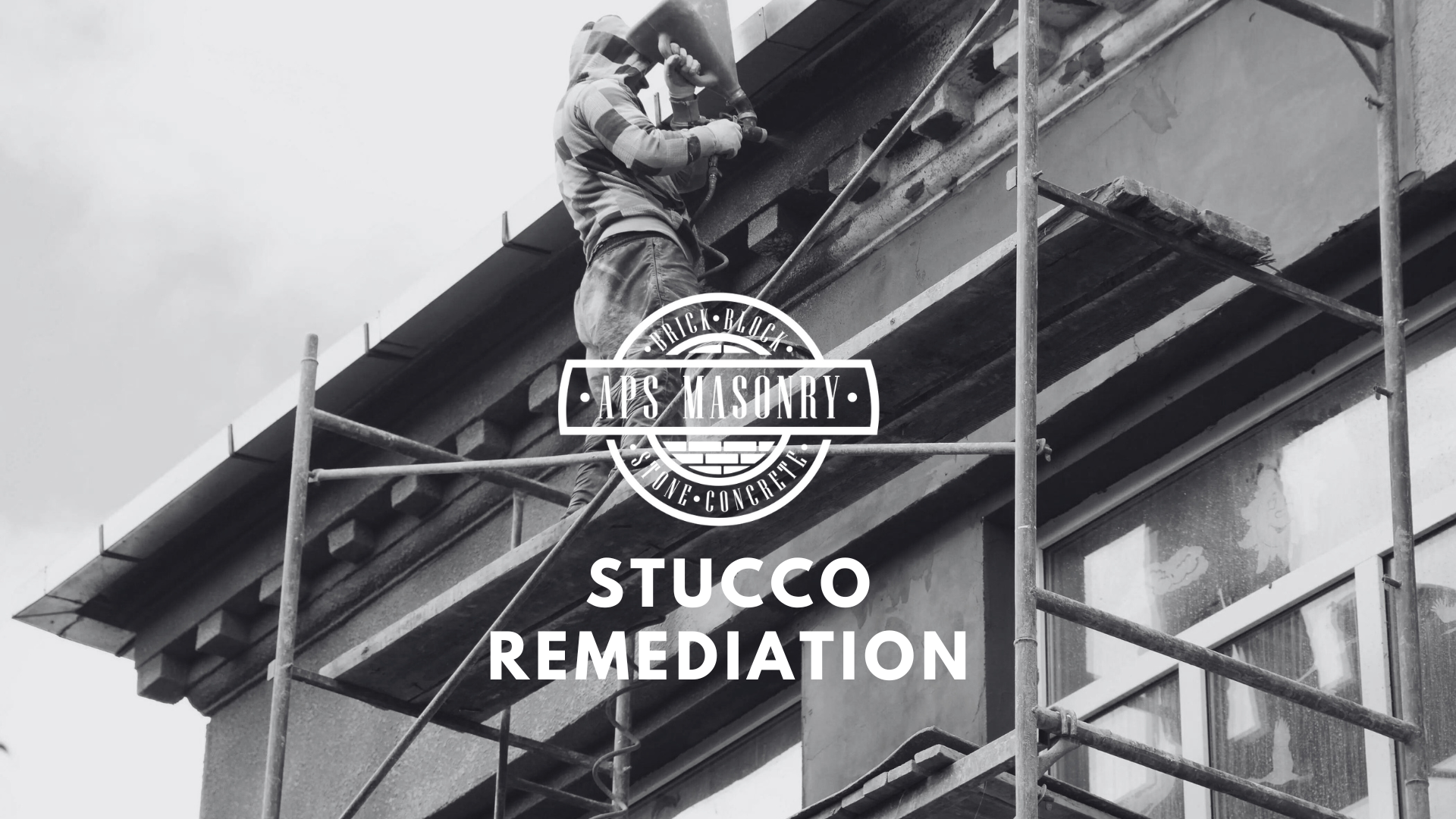
Protect your home with APS Masonry's expert stucco remediation. In many parts of Pennsylvania, seasonal weather patterns, such as heavy rain, humidity, and winter freeze-thaw cycles, can lead to cracks, discoloration, and other stucco issues. These common problems signal underlying damage that, if left unaddressed, may worsen over time.
Our team uses the highest-quality materials and proven techniques to restore and strengthen your stucco, making it resilient against Pennsylvania’s unique climate challenges. Don’t let minor issues grow into costly repairs—protect your home’s structure and beauty with APS Masonry.
Stucco, a versatile building material, consists primarily of cement-based plaster applied in layers over an exterior wall structure. Stucco is favored for its textured appearance and low maintenance needs.
However, like any building material, stucco can develop issues over time. Common problems include moisture intrusion, which leads to water damage beneath the two outer layer layers. Water-related issues can cause rotting wood or internal structural damage.
Other signs of stucco failure include visible cracks, stucco tears, or discoloration, indicating moisture damage. These obvious warning signs suggest the need for a stucco remediation process to address not only the superficial damage but also any underlying problems.
Early detection and timely intervention prevent extensive internal damage, making knowledge of these common issues and warning signs important for homeowners.
Stucco remediation is not just a cosmetic fix; it's an important part of home maintenance. Remediation goes beyond mere stucco repair, addressing underlying issues that could compromise the structural integrity of your home.
Often, stucco failure is a symptom of deeper problems like moisture intrusion and water damage, which, if left unchecked, lead to severe structural decay.
Timely stucco remediation not only restores the aesthetic appeal of your home's exterior surface but also ensures the longevity and safety of the building, protecting it from escalating damages and costly future repairs.
For additional advice on caring for your home’s exterior, see these resources from the National Association of Home Builders (NAHB).
Recognizing the most obvious warning signs of impending stucco failure is key to initiating timely stucco remediation. Here are some indicators to watch out for:
Recognizing these signs can help homeowners take proactive steps toward stucco remediation before the damage escalates.
Stucco remediation is intricate and requires a systematic approach to guarantee a lasting solution. Here's an overview of the steps involved in both repairing stucco and replacing stucco:
This process, when executed by stucco remediation experts, confirms a permanent fix, safeguarding your home against future stucco failures.
Our team has successfully completed stucco projects across Pennsylvania. See our work to learn more about our approach.
Selecting the right materials for stucco remediation in the Philadelphia area is essential for both the appearance and durability of your property. Philadelphia's diverse architecture—from historic rowhouses in neighborhoods like Old City to suburban single-family homes in areas like Chestnut Hill—requires tailored approaches to material selection.
The cost of stucco remediation can significantly vary. Minor repairs range from $500 to $2,000, while entire stucco remediation for an average-sized home costs between $15,000 and $40,000.
The extent of damage, the area's size, and chosen materials like James Hardie products can influence the price. Modern materials often come at a premium but offer longevity and low maintenance.
Some homeowners insurance policies might cover portions of the remediation cost, especially damage caused by covered incidents. Thus, assessing your insurance coverage could offer potential cost relief.
To prevent stucco damage and water intrusion, proactive steps are key. Regular inspections, particularly around doors and windows, help detect early signs of moisture damage.
Guarantee proper sealing and caulking to prevent water intrusion. Additionally, maintaining gutters and downspouts helps direct water away from walls. Annual maintenance checks are important for identifying and addressing minor issues before they escalate.
By implementing these preventive measures, you significantly reduce the risk of stucco problems and prolong the integrity of your home's exterior surface.
The importance of choosing experienced stucco remediation contractors cannot be overstated. A trusted stucco remediation company not only repairs surface damage but also addresses any underlying issues to ensure lasting results.
To find a reliable contractor, research companies with a solid reputation and positive reviews. Verify their credentials, including licensing, insurance, and any certifications. Specialization matters; hence, opt for contractors with ample experience and a portfolio showcasing their stucco work.
Don't hesitate to ask for client references, and take the time to follow up. Make sure that you receive a detailed estimate that outlines the remediation process, the materials used, and the remediation cost.
Lastly, give preference to contractors who offer a warranty on their work, reflecting their confidence in their craftsmanship. Diligent vetting ensures homeowners can trust their stucco remediation to skilled professionals, leading to durable and effective solutions.
Timely stucco remediation is key to preserving the integrity and aesthetic appeal of your home. Ignoring stucco damage leads to exacerbated underlying issues and costly repairs.
We encourage homeowners to act promptly at the first signs of stucco failure. For expert stucco remediation services, don't hesitate to contact APS Masonry. Our experienced team is equipped to handle every aspect of stucco installation, repair and replacement, ensuring your home is both beautiful and structurally sound. We are very happy to help you with understanding the process but we always recommend Philadelphia homeowners also consult local resources for the specific requirements on exterior building maintenance.
Reach out today to schedule a consultation and safeguard your investment.
Stucco remediation involves fixing faulty stucco and addressing deeper underlying issues to prevent future problems. Unlike basic repairs, it often requires a comprehensive approach, which may include replacing the entire stucco system to ensure structural integrity and long-term protection..
A typical stucco wall system consists of three layers: a scratch coat, a brown coat, and a finish coat. These layers work together to provide durability, protect the wall cavity, and enhance weather resistance.
The cost of stucco remediation varies significantly based on factors such as the extent of damage, the materials used, and whether it's a full stucco remediation project or a smaller stucco job. Minor repairs can start at a few thousand dollars, while complete remediation for a standard home can range from $15,000 to $40,000.
Yes, properly installed stucco siding is durable and low-maintenance. However, faulty stucco application or inadequate maintenance can lead to issues like moisture intrusion and mold growth, requiring remediation.
Homeowners insurance coverage for stucco remediation depends on the cause of the damage. If the issue, such as mold growth or water damage within the wall cavity, results from a covered peril, your policy may help cover some of the remediation costs. Always review your insurance details to understand your specific coverage.
Signs of needing stucco remediation include visible cracks, stucco tears, discoloration, mold growth, bulging, and high moisture meter readings around doors or windows. These issues often indicate deeper structural problems that require immediate attention.
Synthetic stucco, also known as EIFS (Exterior Insulation and Finish System), is more flexible and less prone to cracking compared to traditional stucco. However, it can trap moisture if not installed correctly, leading to potential problems with the wall cavity and requiring a thorough stucco remediation project if issues arise.
A stucco remediation job involves more than just repairing the surface. It includes identifying and fixing underlying problems like water damage or mold within the wall cavity. The process often involves removing damaged stucco, repairing internal structures, and applying new, properly sealed stucco layers.
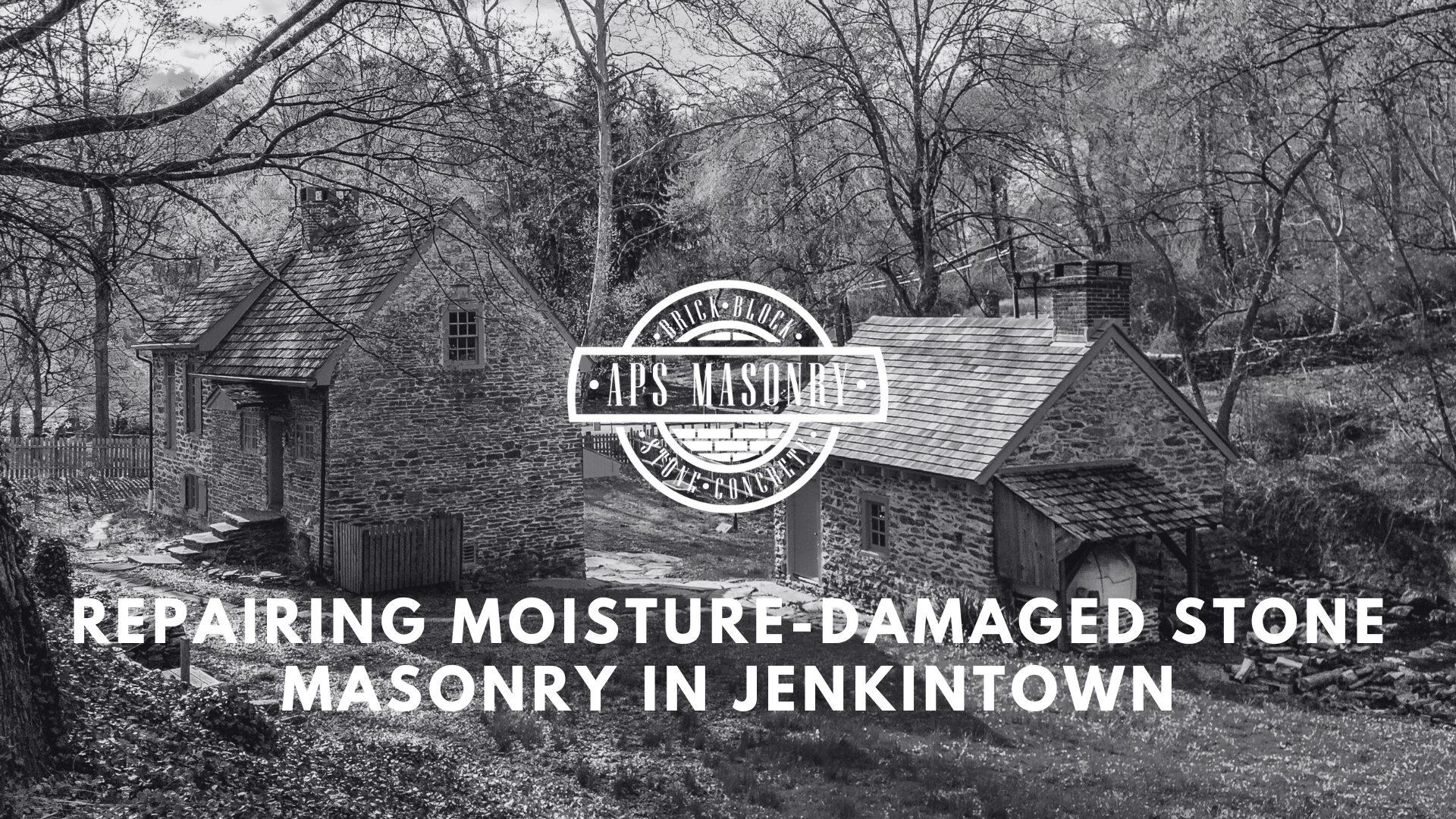
Repairing moisture damaged stone masonry in Jenkintown takes more than patchwork.
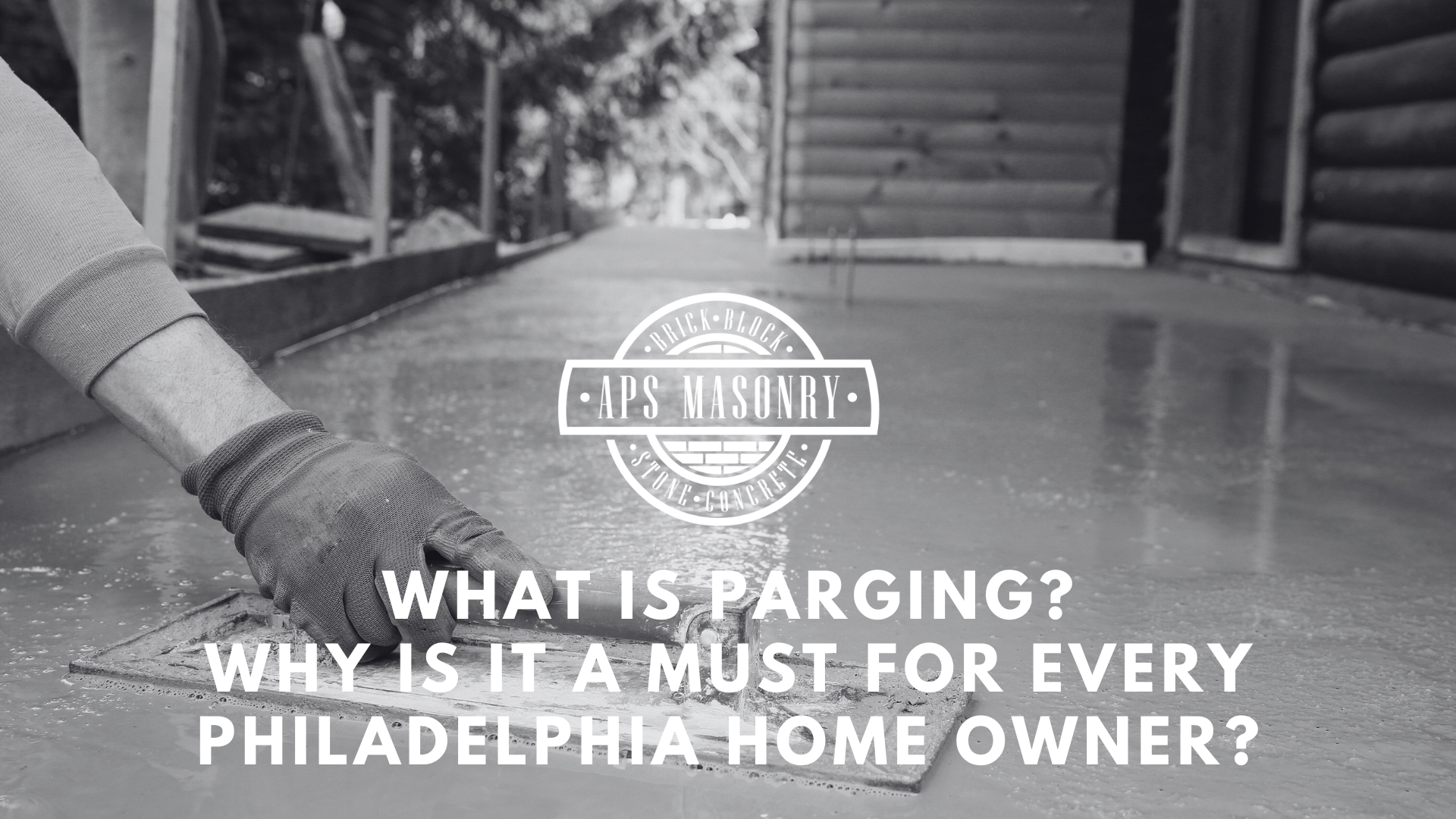
Parging for Philadelphia homeowners helps to protect and beautify their masonry walls. This simple process involves applying a thin coat of cement...
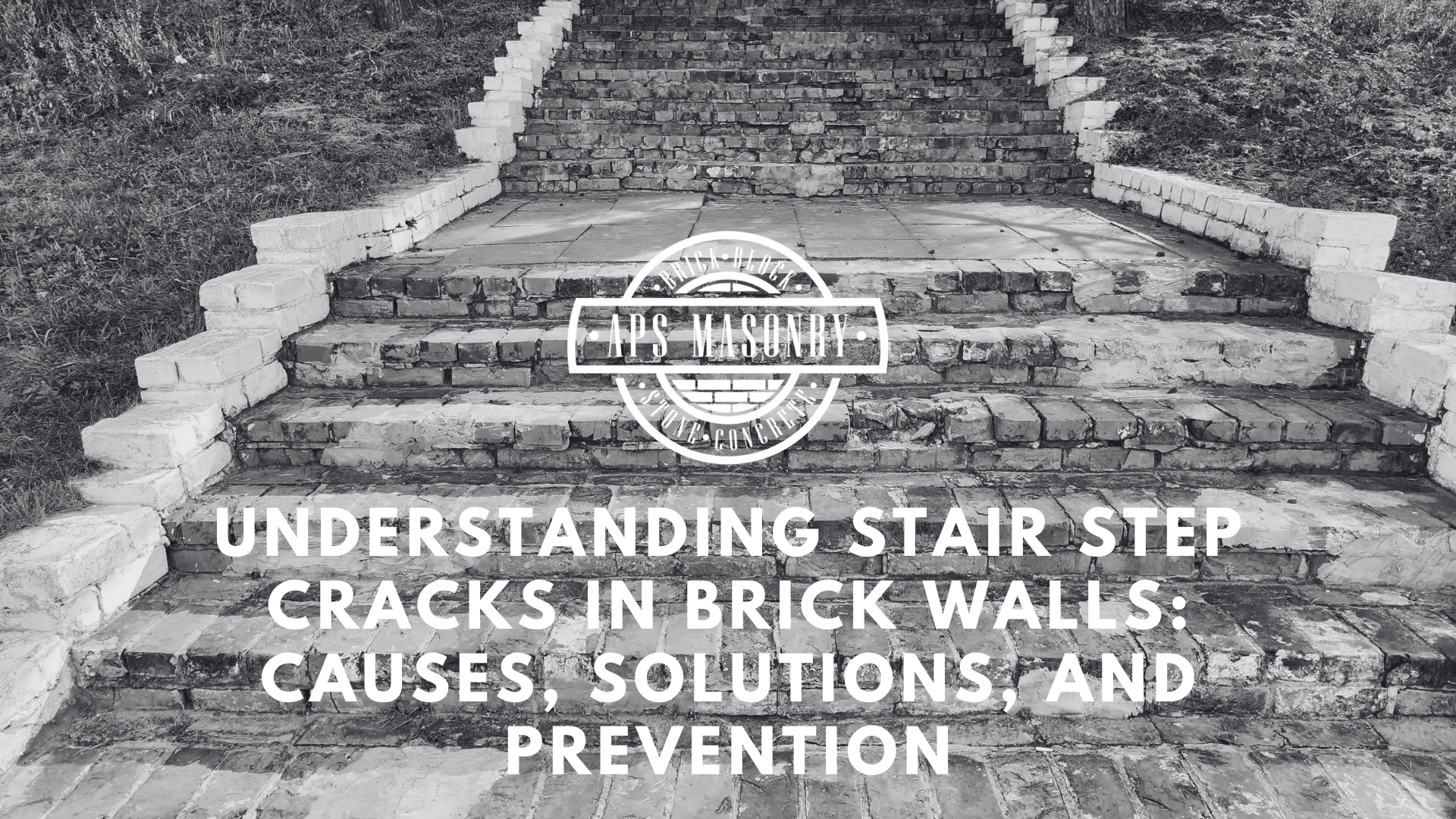
Stair step cracks in brick walls can indicate serious structural problems like foundation settling and water damage. In places like Philadelphia,...